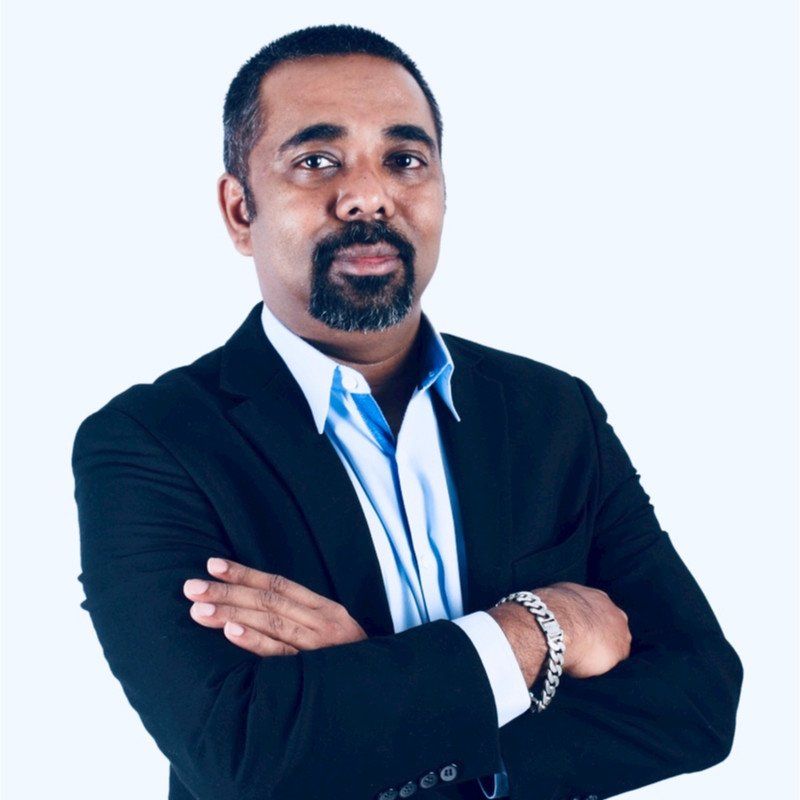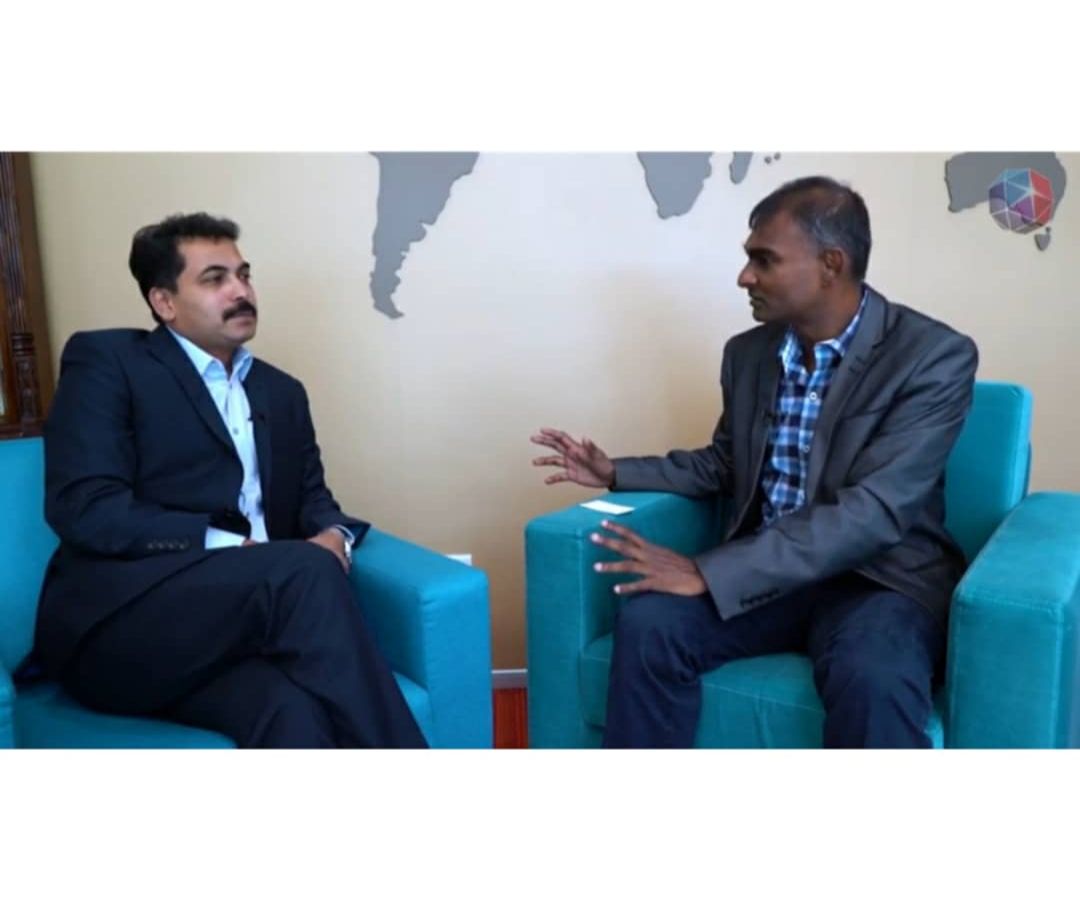Making Remote Working Work

Recently, a colleague reached out a few days after an important board meeting, requesting a written piece on making remote working effective, in the context of managing change.
The one great constant
As a member of a regional management team, we are experiencing an unprecedented need to change within the organisation. The emphasis on change isn’t about the decrease of manufacturing outputs impacting the supply chain and logistics industry. On the contrary, the demand for essential supplies has surpassed usual needs and many supply chain and logistics service providers are working hard to ensure services are effectively rendered, as in the current circumstances it could mean saving lives. In the midst of this, we must also take precautionary measures to ensure our topmost priority is achieved at all costs – keeping our employees safe.
At the time of writing this article, many events have taken place. Many countries in the Asia Pacific region have gone into lockdown mode, e.g. Malaysia, New Zealand, India and Thailand. Many other countries have enacted strict border control policies such as Singapore, Australia and China. Additional policies restricting gatherings in a particular location or venue have been put in place, enforcing what is popularly known as ‘social distancing’.
Having experienced the start of COVID-19 whilst in China in January 2020 and being one of the first few in the regional management team to be quarantined for 14 days provided a sense of urgency regarding the potential impact this pandemic could have.
However, the true impact is never felt until one is informed of a family member succumbing to this virus. The reality of change truly sinks in the moment one is informed about the loss, yet is unable to effectively grieve or say a final goodbye.
The only way forward from that grief is to focus on what is important. For many governments and employers, it is to keep its people and employees safe from infection. In times of crisis, we are fortunate that we are in an industry that can contribute to alleviating the distress faced by the world.
Many countries battling COVID-19 have designated supply chain and logistics as essential services, prioritising the transport of essential supplies. Accordingly, many logistics service providers are working tirelessly to ensure that services are provided with minimal disruption. IT teams across the world have ensured that staff are provided with mobile devices and digital tools so that they are able to operate remotely while carrying out their Emergency Response Plans.
Many organisations are scrambling to ensure that operations can continue effectively with teams working remotely, including updating their hiring processes, training procedures and onboarding software. These are examples of the many changes that have been put in place in the space of four to six weeks, and will continue to evolve as time goes on. In Malaysia, many are experiencing this as the country goes into its second week of Movement Control Order.
The science of management
As governments and employers are forced to manage crisis in times of great change, managers and leaders need to become key executioners. This is a challenge in itself as traditional managers are used to being in control of their subordinates, giving instructions and directions rather than executing tasks themselves.
More often than not, this can only be done effectively when employees and employers are in the same working space. This drastically changes in a situation where everyone is forced to work from home. Furthermore, the cost of resources doesn’t change.
In the fall of 1992, Harvard Business Review interviewed legendary management consultant Peter Drucker. The essence of the conversation was captured and published in his book Managing In a Time of Great Change. One quote from that book stands out as worth reflecting on:
It is not so very difficult to predict the future. It is only pointless… what is always far more important are fundamental changes that happened though no one could possibly have predicted them.
Highlights from that interview that remain relevant today are:
- Managers need to move away from hierarchies and focus on information and the quality of information to drive productivity. Functions and tasks need to be thoroughly defined and outcomes need to be clearly specified
- The conventional organisation structure, and therefore the information structure, traditionally seen as rungs on a ladder need to be considered obsolete. Instead it needs to be seen as veins (or in today’s terms – a neural network) where information can effectively flow to wherever the execution is required; execution may be at an office, external premises or even at home
- Focus on the flow of information instead on the flow of tasks. Organisations need to manage how the work is done based on information input for the specific task and the employee and customer interaction that’s required to get the work done.
- Individual strengths of employees executing the tasks need to be evaluated, understood and developed to be effective. The workforce as a whole needs to know what to do instead of waiting for the manager’s instructions.
To successfully implement these changes, communication is key. The old adage of ‘knowledge is power’ can be seen as arrogance on the part of management. The message of change must be communicated and articulated clearly. Not only that, every opportunity of converting knowledge into information must be seized as it enables employees to be productive. This places the organisation at the forefront of opportunities during times of great change.
To be more specific, information is not just technology and knowledge is not just data. The change demands the interaction of knowledge and information in unison and both in the qualitative and quantitative dimensions – to put it simply, the managers and the employees need to work as a team. This is a change that both parties need to work out.
Emotional and psychological change
There are two main aspects to this change that immediately come to mind, the first being emotional and the second psychological. While the terms are sometimes used interchangeably, they are distinct from one another. However, in order to achieve a positive impact, both need to work together concurrently.
A simple way to explain the difference between them in the context of change is that emotions relate to an individual’s reaction to information received whereas psychological is the ability to process the information. During times of change, both aspects must work in harmony.
A good change model to adopt is the KÜBLER-ROSS model. This well model, as shown below, characterises the emotional changes that one goes through when change is introduced. As we are on an accelerated course of change, driven by the need to ensure employee safety, every employee will experience these stages at a rapid pace.
As we communicate and prepare ourselves with business continuity plans, every employee will go through the following emotions:
- Anxiety – can I cope?
- Fear – what impact will the change have on me?
- Threat – the problem is bigger than I thought.
- Guilt – are the past failings down to me?
- Disillusionment – this is not for me so I’m leaving.
- Acceptance – maybe things won’t be so bad.
As management, we have a responsibility to ensure that communication is done effectively, that it will assist our employees in clearing their doubts, and that channels for clarification with HR and BE remain open.
At APAC, we have seen this take place successfully when China went into lockdown from January 22 until the 2nd of March, as HR and BE played the role of internal communicator and regularly updated employees on the current situation, as well as managing challenges that arose during that time.
On the psychological side of things, I am fortunate enough to have the advice of Professor George Kohlrieser, who coincidentally released his video on how to provide leadership during this time of crisis. When overwhelmed by various emotions, particularly fear, we can be rendered unable to effectively carry out our duties. This leads to us becoming psychological hostages.
To overcome this, his advice to us is to focus on the present and understand our perceptions versus the reality of the situation. The perception of COVID-19 has been amplified tremendously by the media, news channels, government actions and inactions to the point it has created fear and confusion amongst people. It is important to understand the difference between perception and reality and decide which is which.
While being in this state of flux, it is important to stay calm, manage our perceptions, focus on the present reality and avoid denial. This way one can have better control of one’s emotions and effectively process incoming information. This ability to manage emotions well offers individuals opportunities in the future beyond this crisis.
Newton’s Theory
Leadership during periods of change begins with self-leadership. Through self-leadership, one will be able to find meaning and purpose during unexpected changes, as one is always driven to discover and learn. To learn to adapt to a remote working environment, with minimum supervision and maintaining or even surpassing the desired objectives and performances. To learn to lead and manage through difficult situations and coming out stronger.
That which does not kill us, makes us stronger – Friedrich Nietzsche
Renowned physicist Sir Isacc Newton discovered the laws of gravity when University of Cambridge had to close its doors to the bubonic plaque in the 17th century and he had to work from his family home in Woolsthorpe Manor. His best work was done while having to work from home!
The Science of Peter F. Drucker
Peter Ferdinand Drucker was an Austrian born American management consultant. His many teachings, wisdoms and publications have made considerable contributions to the theoretical and practical approaches of modern day entrepreneurship.
This article is the first in a series of write-ups that explore the ideas of Drucker and how they can be applied to contemporary business models.
Business
Arul is currently an independent consultant working on improving the component level supply chain for a popular electric vehicle brand and also enabling the disruption of delivery services with cloud based technology solutions. He formerly was with GEODIS as the regional director of transformation and as the MD of GEODIS Malaysia. In GEODIS, he executed regional transformation initiatives with the Asia Pacific team to leapfrog disruption in the supply chain industry by creating customer value proposition, reliable services and providing accurate information to customers. He has driven transformation initiatives for government services and also assisted various Malaysian and Multi-National Organisations using the Lean Six Sigma methodology.







